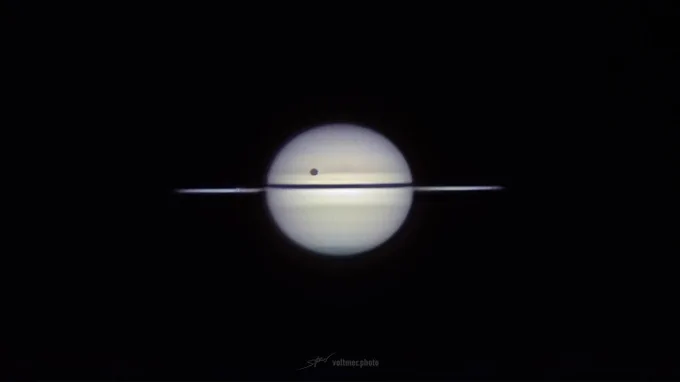A conjunction of #Mars and #Saturn in the SIXTH or EIGHTH HOUSE, especially in a humane sign, signifies a great pestilence.
#Capricorn, the goat, is not a goat at all as we know that animal, but part fish and part goat.
#Astrology
In #Aquarius right now, which is just West of #Saturn. Not a spectacular #constellation but, hey, I'll take anything harboring an #Earth-like #exoplanet. #Astronomy #NASA #JWST #JamesWebb #Space
Possible Earth twin discovered just 40 light-years away.
New findings from the James Webb Space Telescope suggest that the exoplanet TRAPPIST-1e—one of seven rocky worlds orbiting a small red dwarf star—may have a thin, nitrogen-rich atmosphere similar to Earth’s.
If confirmed, this would mark the closest match to an “Earth twin” ever detected, with conditions that could support liquid water and, possibly, life.
The data, gathered from four transits of TRAPPIST-1e, show hints of a stable secondary atmosphere—not like the thick carbon dioxide envelopes of Venus or Mars, but something more balanced and potentially habitable. Scientists caution that it’s still early, but upcoming Webb observations could reveal if this nearby world truly mirrors our own.
#AriadnesThread 🧶
(A+r+i+a+d)+(n+e)+(s) ≈ 71
(33🔼)+(19🌞)+(19🌞) ≈ 71
(t+h)+(r+e+a+d) ≈ 56 = ⚡️28⚡️+⚡️28⚡️
or (7)(8)
71 + 56 = 127(🤷🏻♀️maybe 11² + 3 + 3)
#Saturn #Chronos
piped.video/watch?v=OPj0tq…
George Miller retweeted
The Lord of the Rings and its largest moon, Titan, aligned in a rare cosmic event that occurred on the night of November 7, 2025
Image taken through my C11 EdgeHD telescope with an ASI290MM. Filter: Baader RG610, RGB
📷 @SeVoSpace
#planet #saturn #universe #moon #titan #telescope #nasa #space #astrophotographer #sebastianvoltmer
John D Hamilton retweeted
After this result, PhotoSpell has sucked out all the excitement associated with #Astrophotography!
#AIPlayLab #PlayLabPlayground @oneplus
#Moon #Mars #Andromeda #Saturn #Space
#Saturn represents discipline, contraction, and #karmic correction.
#Jupiter signifies expansion, optimism, and prosperity — the engine of booms and #speculative excess.
When both interact in powerful #conjunctions or oppositions, balance is restored through #crisis. #2028
Jaume Zapata retweeted
#SATURN COM MAI L'HAS VIST!
Amb l'excel·lent transparència d'avui Pau Montplet @AstroBreda ha fet a #Breda aquesta imatge (de sonda🤩!) amb telescopi C11, AzEq6, Barlow x2 i Player One Mars-C. Fixeu-vos hi bé perquè permet albirar sobre l'anell l'ombra del satèl·lit Tetis!🧐🪐👌
Deloris~#TrueBlue retweeted
I shot this photo of Saturn 🪐 last year. Just using my NikonD 750 camera with a Nikkor telescopic lens 200-500mm ✨#Saturn #nikonphotography #Space
Ever seen the rings of Saturn through a telescope? 🪐
Experience it for yourself on 27th Nov with @BAS_UK!
Plus, see Jupiter’s moons and a stunning first-quarter Moon 🌙
👉 birmingham-astronomy.co.uk
#SpaceEvent #Saturn #Birmingham
Jules Oceanic retweeted
NASA’s Cassini finds hidden heat at Enceladus’ north pole! 🔥
A stable subsurface ocean could mean one thing — this icy moon might be alive beneath the surface. 🌊🪐
🔗 infinitycosmos.in/2025/11/en…
#Enceladus #NASA #Cassini #Saturn #SpaceNews #astrobiology
#Saturn Square is of order 3 and uses the numbers from 1 to 9. The magic constant is 15 and the sum of all the numbers is 45. Thus, the square of Saturn has three compartments each way, and in each subdivision is a hit 1 to 9
#BookOfNumbers
#OccultMathematics




















